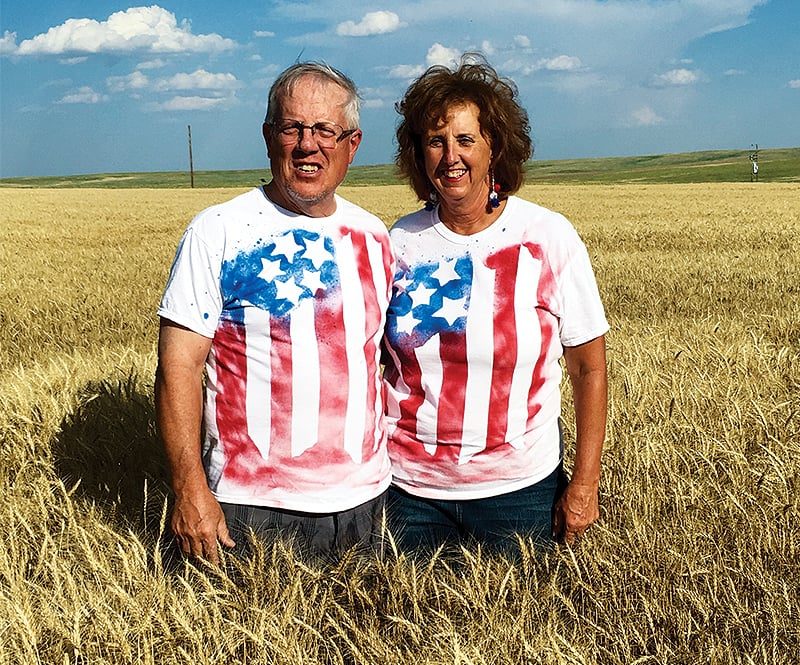No-Till Farmer
Get full access NOW to the most comprehensive, powerful and easy-to-use online resource for no-tillage practices. Just one good idea will pay for your subscription hundreds of times over.

Curtis and Kerry Sue Sayles
WE KEEP HITTING new levels with our no-till system. There’s no stopping and it keeps farming interesting — certainly more interesting than the traditional wheat-fallow rotation we used to follow. Back then I spent hour after hour in the tractor. Today I’m fermenting fish hydrolysate in a garbage can in my garage to potentially replace a synthetic nitrogen (N) topdress application. And yes, my wife Kerry Sue does think I’m crazy.
The farm we bought on the arid plains south of Seibert, Colorado, in 1987 looks nothing like our farm today. Our rotations are diverse, we grow cover crops, utilize grazing — thanks in part to gaining a son-in-law with a livestock background — and have greatly reduced commercial inputs. We’re constantly trying new things and reshaping our business. Along with changes to our production practices have come new enterprises. We are no longer slaves to the commodity market, or to commercial inputs. Instead, we now market grass-fed beef, grow our own cover crop seed, seek out specialty markets and have even recently stumbled into grain cleaning for export markets.
It all goes back to that first big leap into no-till.
There was no warmup to no-till, no trying it on a few acres. We jumped right into full continuous crop no-till in 1997. I’d attended some no-till events over the years. Then, on one fateful trip I stopped in at the Dakota Lakes Research Farm and met Dwayne Beck. It was a well-timed encounter.